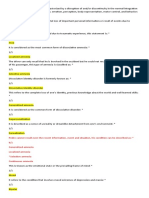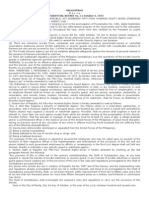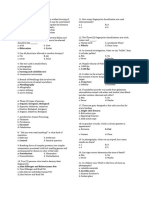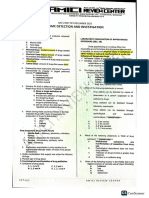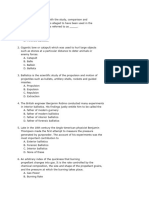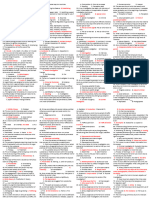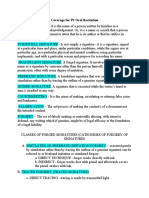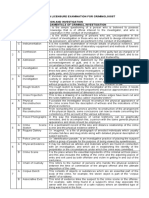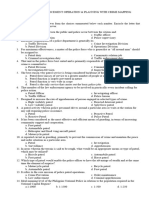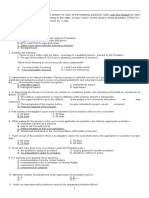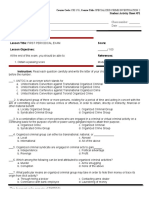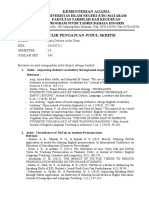0% found this document useful (0 votes)
189 views5 pagesCRI 178 Security QA 1
dave
Uploaded by
dato.purificando.uiCopyright
© © All Rights Reserved
We take content rights seriously. If you suspect this is your content, claim it here.
Available Formats
Download as DOCX, PDF, TXT or read online on Scribd
0% found this document useful (0 votes)
189 views5 pagesCRI 178 Security QA 1
dave
Uploaded by
dato.purificando.uiCopyright
© © All Rights Reserved
We take content rights seriously. If you suspect this is your content, claim it here.
Available Formats
Download as DOCX, PDF, TXT or read online on Scribd
/ 5











